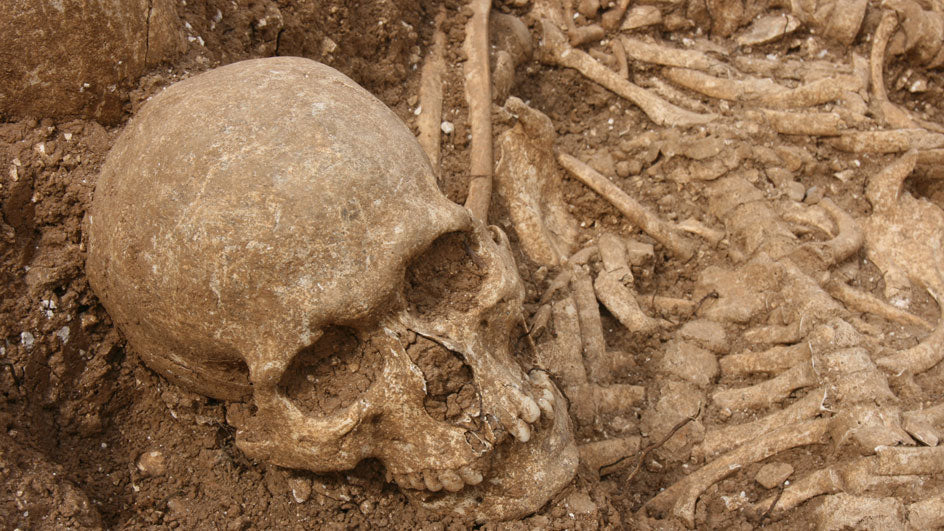Three Scary Viking Excavations: Tortured, Beheaded, and Buried
Viking warriors failed sometimes. And for these failures, they had to pay the ultimate price. Unlike modern conception, the Vikings welcomed the death with both of their arms because they knew Odin was preparing a feast for them in Valhalla. Yet, archaeological evidence of Viking warriors' remains never stops scaring us because of the brutal execution they had encountered before Valhalla. This blog post will briefly talk about three Viking excavations.
54 headless remains in Dorset
In June 2009, the archaeologists found out an execution pit near the southern seaside town of Weymouth, Dorset, England. It was during the road construction through a place of historical importance there that the archaeologists found out this Viking Dorset mass grave.
The results of radio-carbon dating revealed that these men lived between 910 and 1030 A.D. That was the time when the Vikings and the Anglo-Saxon met with many political conflicts.
What astonished the archaeologists the most was that all remains inside the pit were headless. The skeletons were organizationally placed to one side and the heads were put nearby. Although there were 54 skeletons found, only 51 skulls were next to. The archaeologists believed that other 3 skulls belonged to the high-rank warriors and the executors kept them as the gifts or they had placed 3 heads on the stakes.

Viking skeletons found in Dorset, England
No remains of cloth were found inside the pit suggesting that the warriors were buried naked. They must have been captured and executed in front of the audience because the pit was in the formal public place. The marks on the skeletons suggested that they once were tortured. One man's skeleton had a deep thrust in his hand which led the archaeologists to believe that he defended himself with bare hands.
These 54 warriors could have left their ship and went into the land to raid. Yet, they immediately encountered extremely robust Anglo-Saxon warriors who prevailed easily.

An archaeologist studying the skeletons in Dorset, England
34 skeletons with fatal marks in Oxford
In 2008, the archaeologists found out 34 skeletons inside a mass grave in St John's College, Oxford. They were around their fighting age when they met their demise, around 16 to 25 years old.
These bodies had no formal burial and they were simply "dumped" into the pit after the execution.
When the archaeologists studied a skeleton of a man from the pit, they found out that he had been thrust by a very sharp weapon like a sword from many directions. There could have been at least 2 people attacking this man slicing through flesh.

Viking skeleton in Oxford
According to the archaeologists, these Viking victims had no marks on their forearms which suggested that they had no intentions to defend themselves. Because when someone was trying to defend themselves, they would raise their forearms. Yet, these people were more likely to be running away from the executors. This led the historians to the idea that those inside the pit were the victims of the so-called St Brice's Day Massacre under the reign of King Aethelred the Unready.
Mass grave in Repton of Great Viking Heathen Army
Around the 1980s, the archaeologists found out a mass grave in Repton consisting of about 200 skeletons.
According to the historical records, the Viking Great Heathen Army overwintered in Repton in 873-874 AD. They attacked Mercia an important Anglo-Saxon kingdom and sent the Mercian king to exile.

Viking mass grave found in Repton could have belonged to the Viking Great Heathen Army
One room of the grave consisted of remains of 264 individuals with 20% of females. Inside the grave, the archaeologists found out weapons like axe, swords, several knives, and pennies. Several men's skeletons showed that they had been violently tortured before their death.




